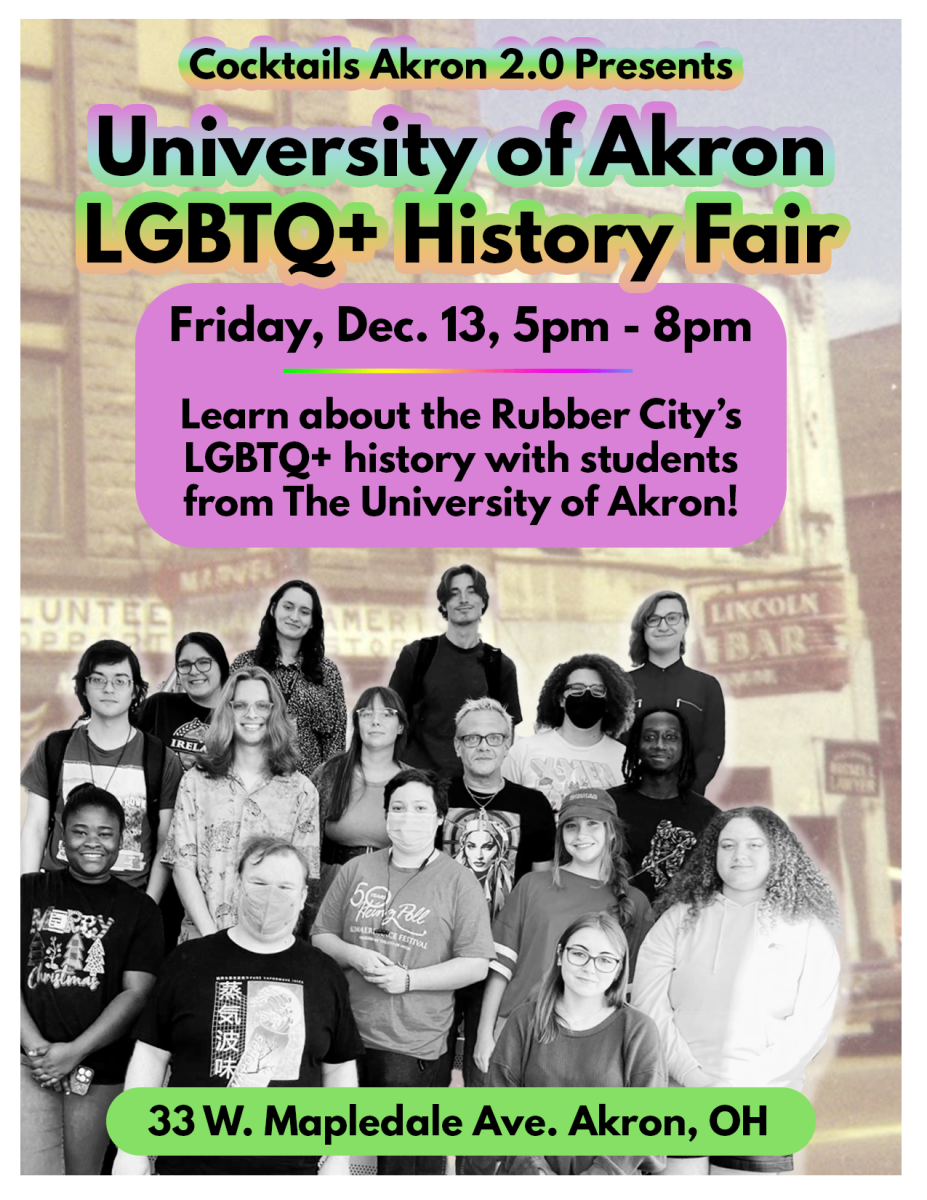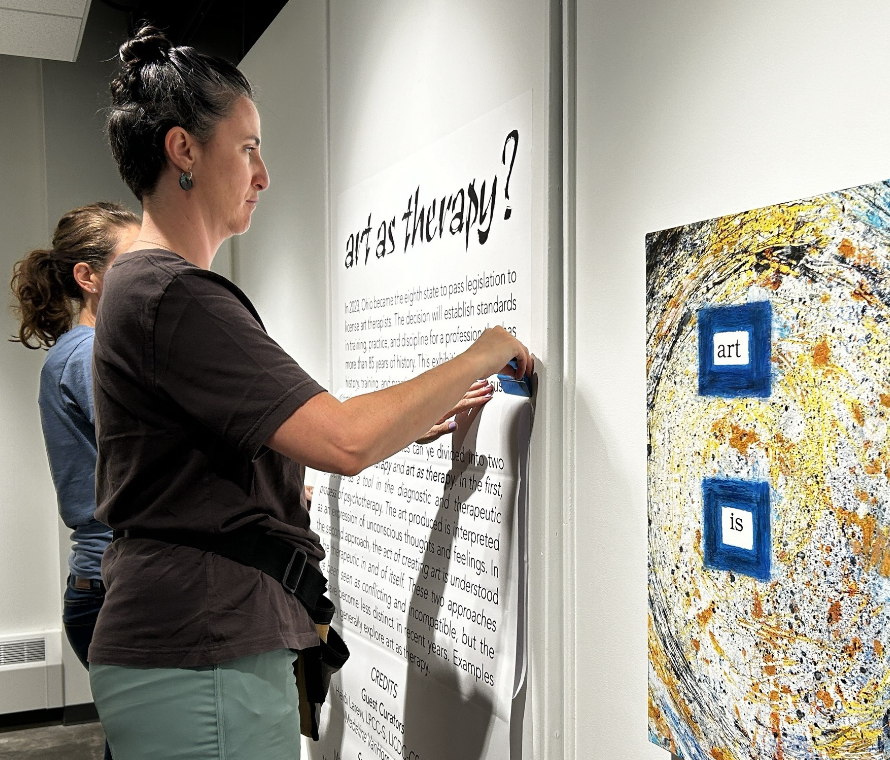
By: Ruth Walker
Most Ohioans stand united in their war against the negative aspects of having four seasons, namely the effects of rain and snow. One of the major battles that has been waged for years now is against a rather nasty four letter word: rust.
Rust is the inevitable future of anything made from metal. Unfortunately, the abundant presence of rain, snow and rock salt increases the likelihood of the oxidation process that causes rust on our cars.
The effects of metallic corrosion are not limited to our vehicles; it reaches much further than that. In fact, a study done by CC Technologies Laboratories, Inc., with support from the Federal Highway Administration and NACE (National Association of County Engineers), estimate the direct costs of corrosion in the US to be $276 billion.
However, Ed Evans, associate professor of the Department of Chemical and Biomolecular Engineering at The University of Akron, corrected that figure during a recent interview.
“That figure has been updated recently to $400 billion. As much as 30 percent of these costs are avoidable if best practices are used. The remainder requires new science and technology,” Evans said.
The damages resulting from corrosion are extensive, as evidenced by bridge failures in numerous states throughout the country. One of the most notable bridge failures in Ohio occurred in 1967 when the Silver Bridge fell into the Ohio River, taking 31 vehicles with it and resulting in the deaths of 46 people, according to the National Transportation Safety Board.
Corrosion does not limit itself to our extended environments; the effects can also be seen in your own home. A NACE International report by Peter Elliott, president and principal consultant of Corrosion and Materials Consultancy, Inc., states that corrosion in our homes costs over two billion dollars a year in damages. These damages can entail anything from as simple as a rusted rake to more complicated and costly damages such as plumbing or heating and cooling equipment.
Understandably, preventing and repairing corrosion is a big business.
Corrosion engineering is a rapidly growing field with careers available in the water distribution, aerospace, transportation, chemical and petrochemical processing, energy, electric and oil and gas industries, as well as careers working with national defense.
According to NACE International’s Annual Corrosion Career Survey results for 2011, the average yearly salary for a corrosion professional in the US is $95,802. This represents the culmination of progressively higher salaries since an average annual salary of $66,420 in 1998.
University of Akron students such as Kitty Kristinsdottir, a freshman majoring in Corrosion Engineering, are taking advantage of the unique opportunity to earn a bachelor’s degree in such an exclusive field.
“When I heard about the corrosion opportunity at Akron, I figured why not shift my major focus just a little and take advantage of this new program?” Kristinsdottir said. “I was really drawn to the program because of how new it is. There is a huge market for corrosion engineers, and I was planning on becoming a chemical engineer anyways, so I just tweaked my focus a little bit,”
There are scholarships dedicated specifically to this program thanks to the generous donations from BP, Carboline, Mears and the NACE foundation. Those interested in learning more about Akron’s new Corrosion Engineering bachelor’s degree program can look to http://www.uakron.edu/uakroncorrosion/.





